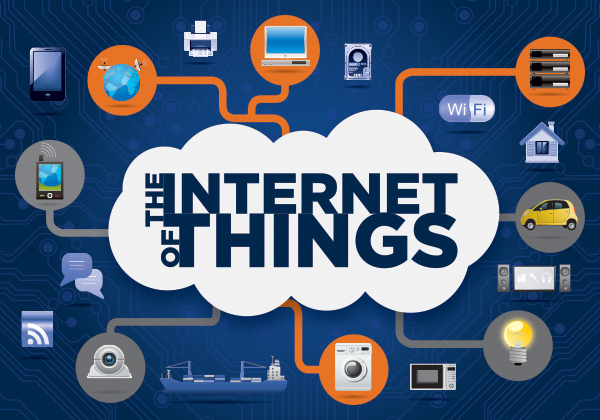It cannot be denied that there’s no stopping the fast growth of the Internet of Things – a vast universe of connected devices, appliances and industrial machines. Gartner predicts the number of connected devices will reach 25 billion five years from now.
It becomes necessary then for individuals and enterprise alike to rethink the ways they handle and protect the large volumes of data generated from these devices.

For example, a new challenge that comes with the IoT is for organizations to re-scale their security approach by taking into consideration the diverse types of devices and the ever increasing amount of data – we call Big Data.
It is a fact in data protection that the growth of processes increases in direct proportion with the rise in data volume and storage demands.
Read also: How to protect your devices in the Internet of Things world
In order to brace for IoT security threats, one needs to practice a number of steps. The first one requires the development of a strategy that sets the guidelines for handling and protecting data in the event of extreme circumstances.
An organization also needs to have an awareness about where data resides, not necessarily to take full control of the storage platform, but only to make sure that certain accountability for data protection is in place.
Another step requires organizations to evaluate and analyze the risks, and understanding the flow of data within an individual or enterprise application, including third-party systems.
With the Internet of Things covering a vast spectrum of devices and platforms, the issue at hand will always come down to third party applications that communicate with each other. Sometimes it can lead to confusions.
On top of all these risk assessments, data cataloging, data hygiene and other security practices, it is also worth mentioning as a reminder that the human factor poses a great risk to the security chain.
In connection with the human factor, endpoint protection comes as an added layer of security to help make sure end users who depend on computers and mobile devices get to protection they need. End point is at the frontline of an organization’s defense, so it makes sense to invest in this category.
Here another important key to IoT security: the consolidation of data protection systems into a centralized platform in order to aid in the management of data storages. Too often, companies are unable to keep track of their data because of too many silos that add to the confusion. Unifying these silos helps to create a holistic view of all data.



